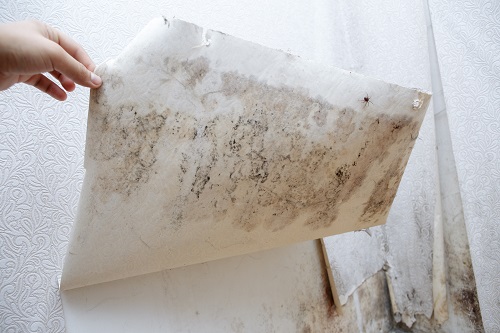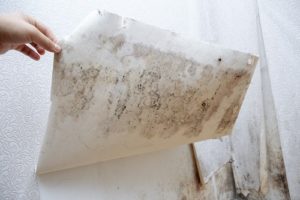

 Mold growth is something that can seem to get out of hand without a homeowner being aware of it. Mold tends to start out as microscopic fungi that can grow large enough for someone to take notice of it, but only if they know where to look or if it is in plain sight.
Mold growth is something that can seem to get out of hand without a homeowner being aware of it. Mold tends to start out as microscopic fungi that can grow large enough for someone to take notice of it, but only if they know where to look or if it is in plain sight.
One of the hardest places to find mold growing in a home is mold in walls. Port Richey residents might not even know that mold can grow in your walls, in conjunction with it being able to grow on the surface of a wall.
Even though you would think there is no moisture hiding inside a wall in a building, there are certain situations where a homeowner or business owner can find the right conditions for mold growth to happen inside of walls.
Mold Growth From Humidity
The state of Florida is one of the most humid locations in the United States. Humidity is the amount of moisture that is present in the air or atmosphere at a time, and it is particularly higher in tropical regions than it would be in temperate or mountainous areas.
Moisture from the air can get into the walls of a home if there is a hole somewhere, and this moisture can be the catalyst for mold in walls. Port Richey residents should know that this can also happen on newly constructed homes that were not worked on in a timely manner.
The mold can stick to the wood and installation that is inside a wall. It can be toxic in large amounts if it is left unchecked and not dealt with. Mold can be toxic in some instances when it is breathed in or ingested.
Mold Growth From Water Damage
Another common way that water or moisture can end up getting inside a wall is due to water damage. Water damage is caused by flooding, either by a natural disaster or from an appliance malfunction.
Standing water that comes into contact with a wall can soak through the wall and create enough moisture to cause mold in walls. Port Richey residents should also know that this type of water damage is also possible with a bad roof that ends up linking into the home, and sometimes in the small places in the wall from above.
The problem with standing water is that even once a homeowner gets it removed from their residence, there can still be water that has gotten absorbed into materials. Wood for example is one of those materials that can soak up excess moisture if it is left in standing water.
*Disclaimer: The views expressed here are those of the authors and do not necessarily represent or reflect the views of *Mr Dry Out*




